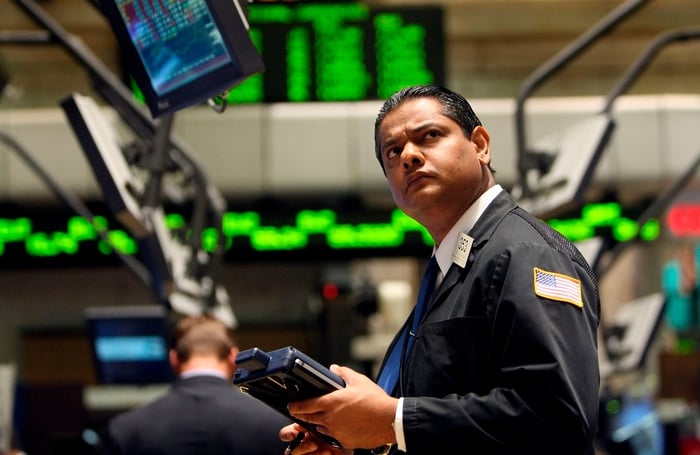The stock market is one of the greatest creators of wealth ever invented. And with the introduction of low-fee investment accounts and index funds, it's never been easier to invest in the stock market.
Many investors will look to history to learn what kind of returns they might expect in the future. And for all the volatility of stocks, they've proven remarkably consistent for long-term buy-and-hold investors. Stocks might go up one year and down the next, but over the long run, they've always managed to increase in value.
The last 15 years have been one of the strongest 15-year runs in history. Investors may be wondering whether the strong returns of the past decade and a half are here to stay or whether we can expect more muted returns going forward. To understand whether the average stock market returns over the last 15 years are repeatable, it's important to look at the history.

Image source: Getty Images.
Here's the average stock market return for the last 15 years
The last 15 years start at the beginning of 2009. The market was coming off a massive downturn in stocks that kicked off in Oct. 2007, fueled by the global financial crisis, which led to the Great Recession. That bear market ultimately saw the S&P 500 (^GSPC 1.02%) decline 57% from its peak, reaching its low point in Mar. 2009.
The next decade saw exceptional returns for the benchmark index. Here's what the last 15 years looked like.
| Year | Annual return of the S&P 500 (including dividends) |
|---|---|
| 2009 | 25.94% |
| 2010 | 14.82% |
| 2011 | 2.10% |
| 2012 | 15.89% |
| 2013 | 32.15% |
| 2014 | 13.52% |
| 2015 | 1.38% |
| 2016 | 11.77% |
| 2017 | 21.61% |
| 2018 | (4.23%) |
| 2019 | 31.21% |
| 2020 | 18.02% |
| 2021 | 28.47% |
| 2022 | (18.04%) |
| 2023 | 26.06% |
Data source: NYU Stern's Aswath Damodaran.
It took another decade following 2008 before the market even produced a negative annual total return, declining slightly in 2018. The market didn't see another big downturn until the COVID-19 pandemic hit in 2020, but stocks rebounded exceptionally quickly from the bear market as the Federal Reserve and the federal government stepped in to bolster the economy. The stock market didn't have a meaningful down year until entering a bear market in 2022.
Overall, the S&P 500 grew at a compound annual growth rate of 13.8% over the last 15 years. Adjusting for inflation, the index grew 11.2% per year during that period.
But if you roll this period back just one year, which drops the strong return of 2023 while including the awful bear market of 2008, the 15-year return comes out to just 8.7%, or 6.4% adjusted for inflation. What a difference certain years can make.
What can investors expect in 2024 and beyond?
The last 15 years have been a very strong run for the stock market, and while the results are above average, they're not unprecedented.
Investors who bought into the stock market following the United States' entrance into World War II enjoyed very strong returns over the next 15 years, even after accounting for the inflationary challenges immediately following the war. Likewise, anyone fortuitous enough to start investing in the '80s amid high interest rates and an ongoing battle against inflation would be well positioned to take advantage of the soaring stock prices of the late '90s.
On the other side of the coin, investors who didn't get into the market until the 1960s experienced relatively poor returns stymied by the high inflation that lasted well beyond the 1970s. Likewise, someone investing in the late '90s, amid the stock market euphoria, got hit by the dot-com bubble bursting and the Great Recession.
There's no predicting what the next 15 years will hold. Historically, the S&P 500 has outpaced inflation by about 6.5% per year. But as the last 15 years show, stocks can deviate from their averages quite a bit in any given year and even in any given 15-year period.
Nonetheless, investors should remain confident that stocks will continue to outpace inflation over the long run and ultimately produce wealth for those who remain patient.





